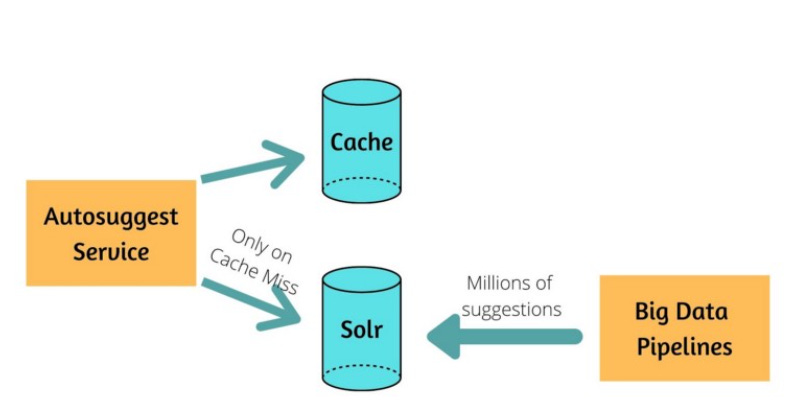Personalized Search Autosuggestion
Search Autosuggestion
E-commerce platforms such as Flipkart, Amazon, etc., use this feature to help the users type the query quickly. In addition to saving the typing effort, it also nudge towards the right query for the user’s shopping instance.
Personalized Autosuggestion
Once a user starts typing her query, there are numerous possible suggestions. The personalized autosuggestion helps to select a few relevant results and is based on aspects such as understanding the user intent, featurization, predictive modeling, and the architecture to enable personalization.
User Intent - The e-commerce platform uses the hierarchical product catalog, organized as a tree, such that the closer the nodes are in a tree, the higher the similarity between them. The user input mapped to this tree determines which product category it belongs to and thus understands the intent.
Featurization - The platform derives features based on the category (intent) relationships of previous queries and suggestions.
Predictive Modeling - The training data for the model comprises the following parameters: User Intent, User Query, Clicked suggestions, and Un-clicked suggestions. The objective is to increase the score of clicked suggestions and decrease the score of un-clicked suggestions. Since the feature relationships are nonlinear, simple linear models are not effective, thus XgBoost models are used.
Architecture (only overview) - It is expensive to rank millions of suggestions at runtime thus, the platform cache the suggestions and only falls back on the Solr-based search index on a cache miss.


